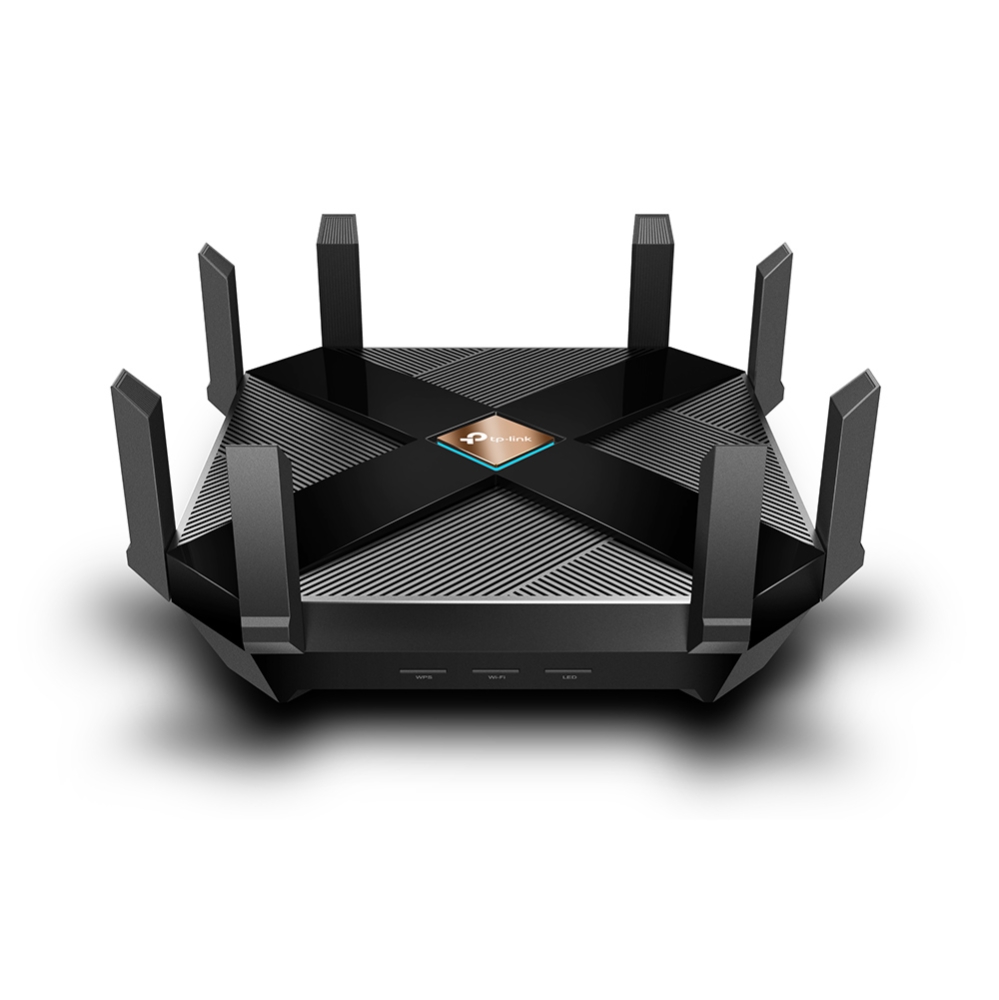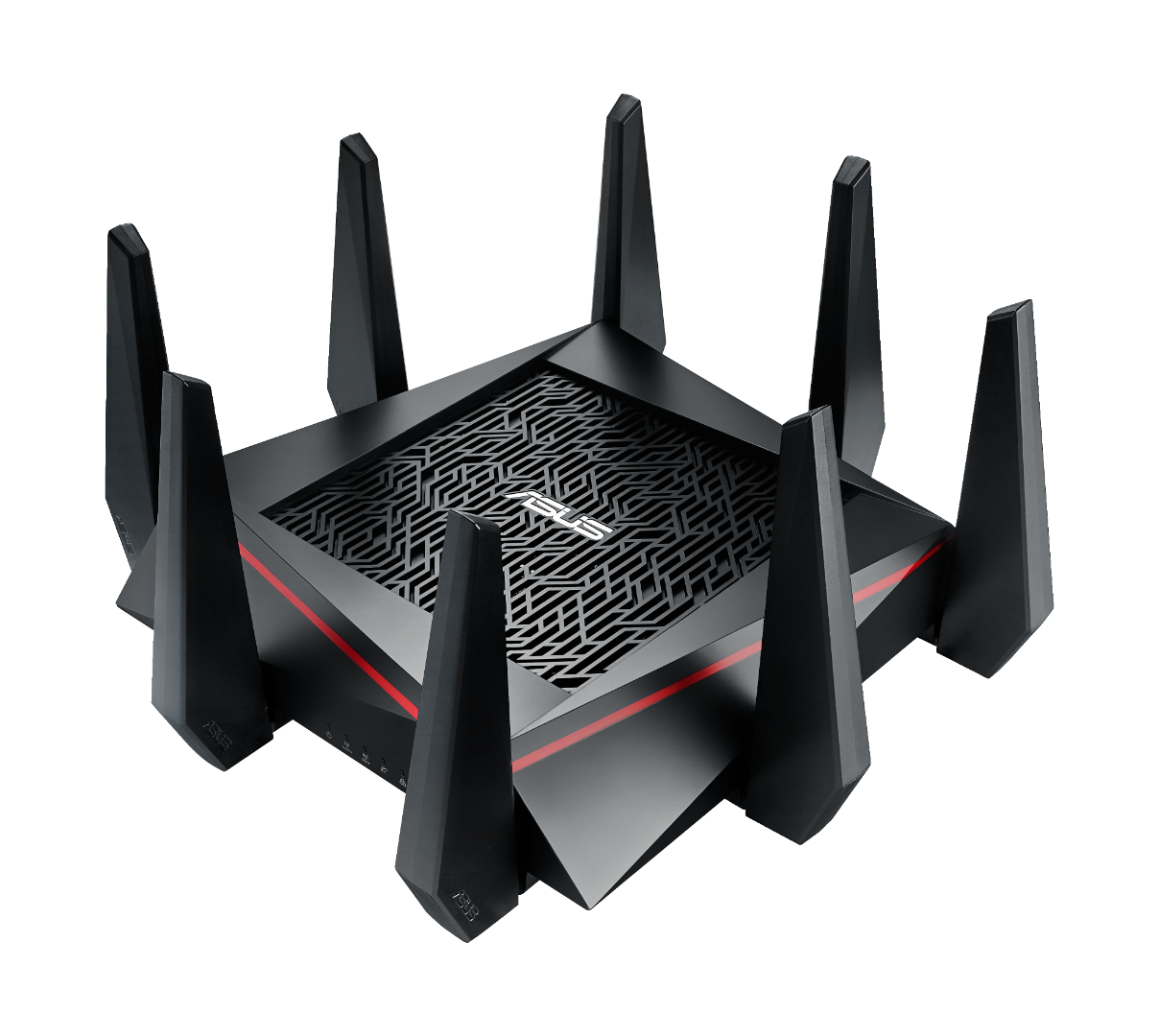Article
BT: Tests using white space for rural broadband are ‘very encouraging’ – FierceWireless:Europe
My Comments
There have been a few tests taking place in various countries to use bandwidth vacated by TV stations when they gone digital for use as the wireless last-mile in broadband service delivery. This application of the “white space” will be used primarily to deliver real high-speed broadband in to households and small businesses in rural and remote communities.
The BT Openreach tests that occurred recently and were cited in this article were performed on the UHF TV band and were covering the Isle Of Bute in Scotland. This exploited the ability for this band to be received on indoor antennas (aerials) like the typical “rabbit’s ears” used on portable TVs, as well as outdoor aerials.
A good question that may be worth raising with a UHF-based “white space” setup may be whether such setups may cause digital-TV reception problems for stations broadcasting on that band. This is more so in areas where the UHF band is being used as a “repeater” / “translator” broadcast band to fill in reception black spots in a TV broadcaster’s market area. In a rural area, there will be these transmitters being used for each TV broadcaster that is to be received in the area alongside any “white-space” Internet-delivery setup.
Other questions worth asking include whether such a setup will use “fibre-to-the-transmitter” or other high-speed wired backbones, what kind of bandwidth is available to the customer and whether it will be a “shared bandwidth” setup like DOCSIS cable-modem setups or a “dedicated bandwidth” setup like what Ethernet and DSL setups can provide.


